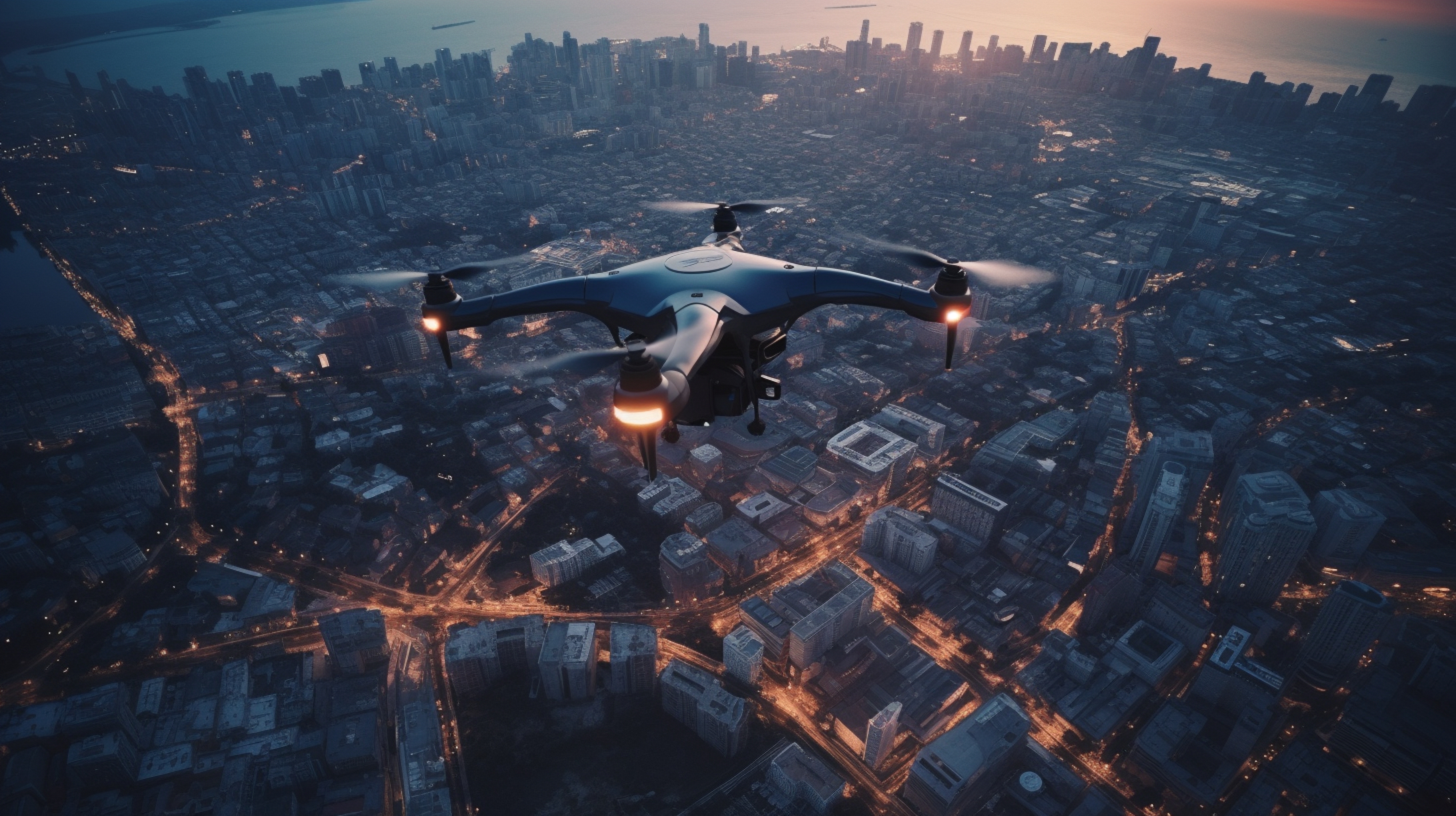
Drones are steadily embedding themselves into the toolkits of all manner of criminal enterprises. More incidents of drones illegally encroaching on the airspace of prisons, critical infrastructure, sports stadiums and private businesses points to their increasing utility and appeal to bad actors.
While high-profile drone-based terrorist attacks or major heists have yet to be carried out, they feature heavily in the scenario planning and preparations of law enforcement and homeland security agencies across the world. Stopping such catastrophic incidents while disrupting drone-based criminal enterprises will take the intelligence, resources and strategic thinking fromevery stakeholder.
A combination of tightening regulatory measures and expanding technological countermeasures seems to be the preferred approach, as governments and local authorities aim to pre-empt this new type of threat before it reaches its full potential.
Legal manoeuvring – How are authorities tightening the noose on criminal actions?
Restricted airspace: The concept of having No-Fly Zones (NFZ) in place around airports and other critical infrastructure is nothing new, but this tool is becoming more sophisticated. Authorities can now track a widening range of unauthorised drones with Remote ID, enforcing the NFZ with signal jamming and other countermeasures.
Example: The European Union Aviation Safety Agency (EASA) requires real-time geofencing technology in drones to prevent unauthorised access to restricted areas.
Better licensing, registration and identification: The ‘Wild West’ days of drone buying, selling and flying are over, as governments aim to regulate the industry more closely. Increasingly, larger and more capable drones must broadcast identification and location data, allowing the appropriate authorities to track their flight. Digital ID of the drone, and detailed personal identification of its owner, is fast becoming the norm around the world.
Example: China mandates that all drones be registered under real identities, enabling authorities to track their operators.
Tougher laws, broader powers: Fines, prison sentences and law enforcement capabilities are all on the rise to help counter criminal drone activities. Not only does this help clarify what constitutes criminal behaviour while flying drones, these legal structures give law enforcement agencies greater scope to deter, counter and pre-empt such crimes.
Example: In the US, flying unauthorised drones near prisons is now a felony charge action, while skirting an airport NFZ can incur a $25,000 fine and/or prison sentence.
Turning to Technology – How can authorities counter criminal drone activities?
RF (Radio Frequency) Jammers: Developing into a wide range of solution types, RF jammers disrupt the communication link between the drone and its operator, causing the drone to lose control and either land or return to its launch point.
Key deployments: High-security events, critical infrastructure, prisons, airports – anywhere that needs pre-emptive protection rather than a response countermeasure.
Drone Detection Radar Systems: Detecting and tracking drones based on their unique signatures is essential for filtering out authorised flights and concentrating on potential bad actors.
Key deployments: Airports – high volume airspace above airports makes accurate drone detection even more crucial to avoid operational disruptions and potential collisions.
RF Signal Detection and Geolocation: Scanning radio frequencies used by drones allows authorities to locate the pilot by identifying the signal source.
Key deployments: Remote infrastructure – Tagging and tracking suspicious drone operators in out-of-the-way places can yield invaluable intelligence on ongoing criminal enterprises.
GPS Spoofing: Tricking drones with fake GPS signals is a subtle form of countermeasure that can exploit digital vulnerabilities within the drone’s systems, forcing it to land. This can deprive the operator of the asset and even deliver it into the hands of law enforcement.
Key deployments: Military areas and other high-value infrastructure – anywhere that can be potentially targeted by a highly sophisticated criminal or state-sponsored attacker.
Physical capture/destruction: A wide range of advanced solutions can lock on to drones in flight and either disable, capture or even destroy them. Drone net guns, high-powered lasers and even trained anti-drone birds are among the solutions already in use around the world.
Key deployments: Critical infrastructure and low-density areas where the chance of injuring bystanders remains low.
Intelligent responses needed to a growing problem
In the UK, drone-related incidents in prisons have increased ten-fold between 2020-2024. In the US, the Federal Aviation Administration (FAA) receives over 100 reports of unauthorised drone sightings near airports each month. Globally, there have been 33 illegal drone intrusions into military units over the past five years, rising from zero incidents in 2020. These rising figures all point to a growing problem where criminals across the world are feeling emboldened to make greater use of drones in their illegal operations.
The solution lies not just in the correct deployment of individual technologies, but in broader cooperation and pooling of resources. Developing and sharing best practices at a national or regional level is an essential first step to creating a more integrated response to different types of criminal drone activity.
Equally important is the role of regulatory legislation. The commercial drone industry stands at a crucial point in its development as it is poised to transition from the realm of hobbyists and pilot schemes to truly large-scale operations. Legislators must have the foresight to create regulatory structures that give the necessary powers to law enforcement along with the appropriate freedoms to lawful drone owners and operators.
As the drone industry matures, so does the interest it receives from criminals, governments and law enforcement institutions. All crime and crime prevention is cyclical – the police outsmart the criminals, who then use new methods to outsmart the police, and so on – but the evolution of drone usage is a dangerous new battleground for this age-old competition.